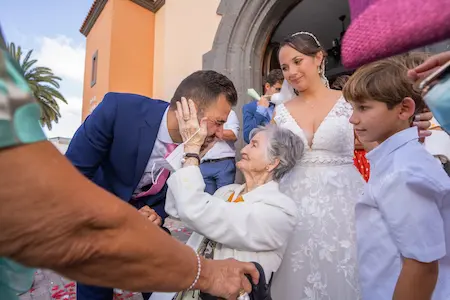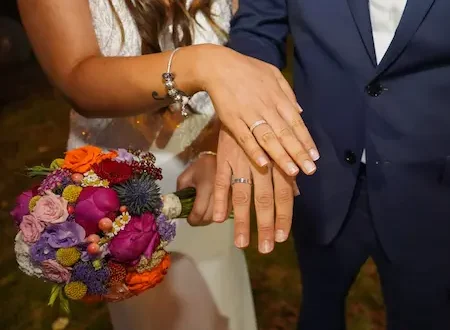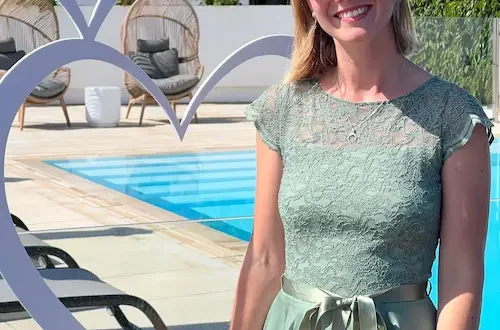
The language of love after 25 or 50 years – What changes, what remains
The language of love changes over time. What began with passionate words in the early years of a relationship often becomes quieter, deeper, and more meaningful over the decades. On a wedding anniversary, it’s worth looking back—not just at what was said, but at everything expressed through gestures, rituals, and small signs of affection.

How love evolves over time
Young love: loud, passionate, full of future plans
At the beginning of a relationship, words are often the most important means to create closeness: “I love you,” “I miss you,” “I want to spend my life with you.” This language is direct, romantic, full of beginnings.
Mature love: quieter, but no less strong
After decades together, this language changes. It becomes more subtle: a touch at the right moment, a look that says it all, a cup of tea before it’s even asked for. This kind of communication is often deeper because it’s based on a life lived together.
Why wedding anniversaries are the perfect moment to rediscover the language of love
A wedding anniversary invites you to express yourselves with intention again. In a free ceremony, couples can find new words for their love, celebrate their story, and make their emotional bond visible.
The language of love is alive. It adapts to life—and yet remains the same force that binds two people. An anniversary is the perfect occasion to express it—with words, gestures, or a personal ceremony.
Frequently Asked Questions (FAQ) on this topic:
Why does communication change in a long-term relationship?
Because words are replaced by lived experience. Trust and understanding grow, and many things no longer need explanation.
How can you find new words for each other on the anniversary?
A free ceremony, personal letters, or shared rituals are wonderful ways to express love anew.
What if you’ve grown apart in language?
A mindful moment of attention—e.g., in the form of a ceremony—can help create a new connection.




